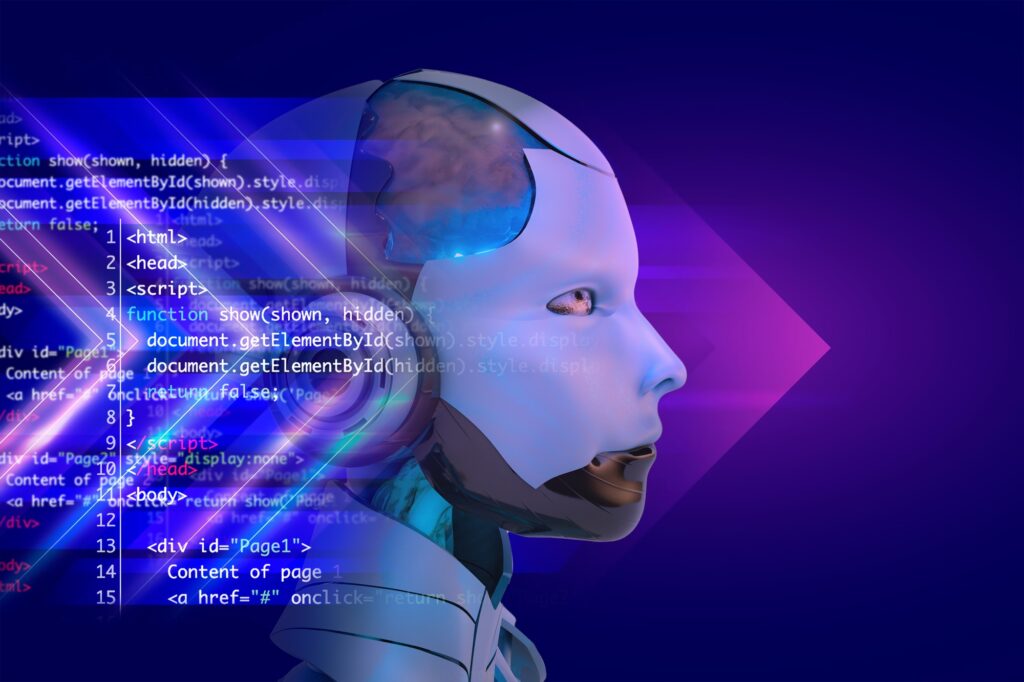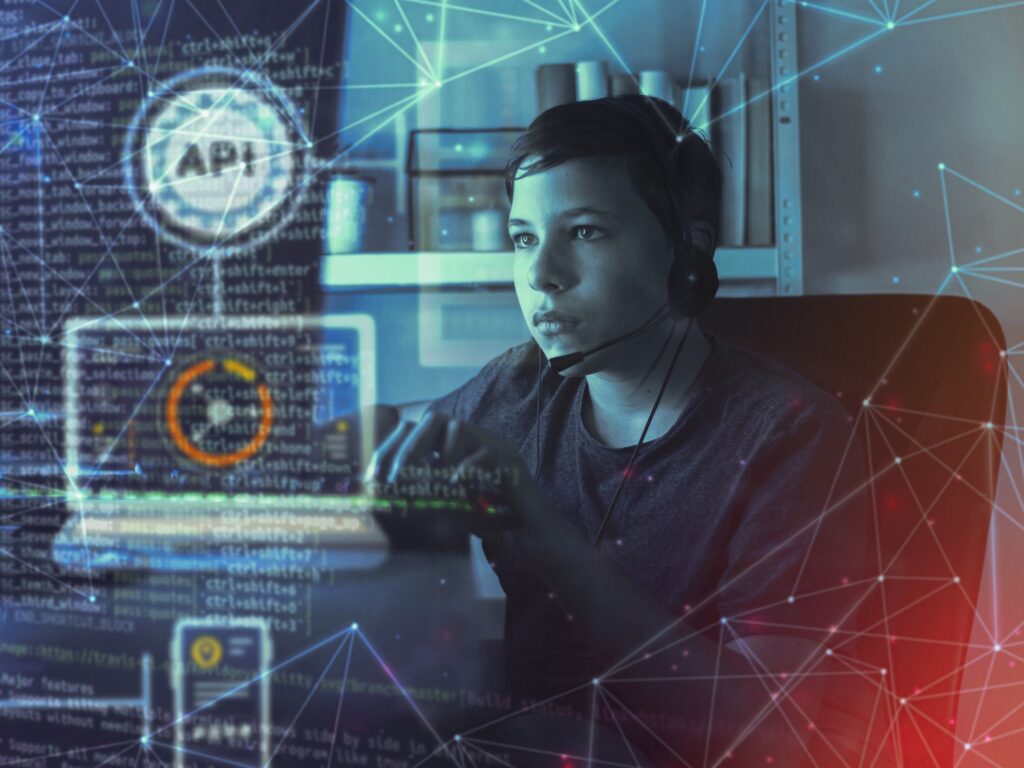For the last decade or two, the integration of AI and robots has brought along a transformative wave of innovation. Gone are the days when robots were confined to repeating one singular action in a controlled space; now they develop adaptability and intelligence, learning deeply and executing complex, more sophisticated tasks. This rapid advancement is credited to revolutionary AI algorithms that are changing the face of how robots learn and operate. Amidst such breakthroughs, there emerges a shocking new AI algorithm promising to turn robots into “super-learners.” The paper is an effort to break into the science behind the new algorithm, its implications, and the revolutionary potential for robotics and beyond.
The Evolution of Machine Learning in Robotics
Traditional robots rely on prior instructions, which are pre-programmed, to complete the task. This is efficient with static and repetitive activities, but it fails when conditions become dynamic or unpredictable. The subset of machine learning removes this limitation from AI as machines learn from data and their performance improves with time.
But, as opposed to them, traditional models of ML have been known to require long datasets, considerable computational powers, and extensive periods before meaningful learning is achieved. These have rendered them far from practical application in actual robotics systems. The evolution of algorithms like RL, deep learning, and transfer learning has gradually bridged this gap. However, even these come with weaknesses in efficiency and adaptability.
Here comes the new algorithm of AI, which will change the thresholds of learning for robots.
What’s new with this algorithm
This is meta-learning-based, which is being termed “learning to learn.” Instead of learning all these different tasks individually as one would typically do, meta-learning enables the robot to obtain generalized learning strategies. In other words, robots learn to learn and adapt very rapidly with minimal additional training on new tasks. What is so special about this algorithm is
The algorithm uses past learned experiences to accelerate the learning of new tasks, thus saving much time and data.
- Cross-domain learning: Robots with this algorithm can transfer knowledge across domains. For instance, a robot trained to stack boxes could learn to sort objects quickly without starting from the bottom.
- Improved Autonomy: The algorithm reduces dependence on human intervention for reprogramming or retraining robots, thus making them more autonomous and efficient.
- Resource Efficiency: The algorithm reduces computation and energy consumption, which makes it very simple to deploy on the edge devices, with a processing power.
How Does the Algorithm Work?
In summary, the algorithm is an advanced amalgamation of different techniques including but not limited to NAS: Neural Architecture Search; a technique that auto designs the neural networks, thereby being certain of the optimum architecture attained for a specific task.
- Gradient-Based Meta-Learning: It discovers patterns and shortcuts in the data through gradients and enhances the speed of learning.
- Few-Shot Learning: The system learns new tasks with an absolute minimum number of examples, which can be as low as one or two; that is, just like human beings in their effectiveness in learning.
- Reinforcement Learning: This algorithm applies reinforcement learning; fine-tuning actions are performed by trial and error in simulated environments.

Real-World Applications
- Health care: super learning capability will be bestowed upon the robots for surgical assistant, rehabilitation, and elders’ care depending on patient needs
- Manufacturing: adaptive robots can change their roles; for example, assembling and quality check-up, no loss of time and waste
- Search and Rescue: at disaster sites, adaptive robots may traverse difficult tracks to locate survivors and deliver urgent help.
- Agriculture: It will learn to recognize the crop and weeds, streamline the process of planting, and respond to the weather.
- Education: Robots might just become customized tutors, taking into account every child’s learning style and tempo.
Challenges and Ethical Issues
The algorithm is not without challenges despite its promise. Some of the key concerns are as follows:
- Bias and Fairness: If the learning data contains bias, then the robot will perpetuate that bias, which may lead to unfair results.
- Safety: Autonomy in learning is a little risky if robots develop strange behaviors in critical scenes.
- Privacy: The use of data for training in robots needs protection not to leak sensitive information.
- Job Displacement: The more adaptive robots are, the more jobs will be lost.
Strong governance, ethical framework, and participation of various stakeholders would address these issues.
Future of Robotic Learning
Super learning algorithms trace out a new trajectory of the path in robotics. Soon we would be anticipating a bright future of smarter robots, emotionally conscious, to interpret human expressions and empathize on a like basis.
However, in this AI-marriage with robotics, there would be unforeseen levels of human-robot collaboration. Robots are seen as fellow workers that supplement human strength and facilitate innovation at the workplace.
Conclusion
The striking AI algorithm transforms robots into super-learners with a surprising boundless capability, which could altogether revolutionize several industries but improve human lives through adaptation capabilities, cross-domain learning, and efficiency of resources in operations. However, when operating the device, care needs to be taken to be cautioned ethically with societal implications on top.
Research will continue along with collaboration toward finally making that dream of developing these truly intelligent machines a reality, changing the face of what we know to be around us. But how promising this promise seems, its journey ahead proves to be as challenging as it seems exciting.

